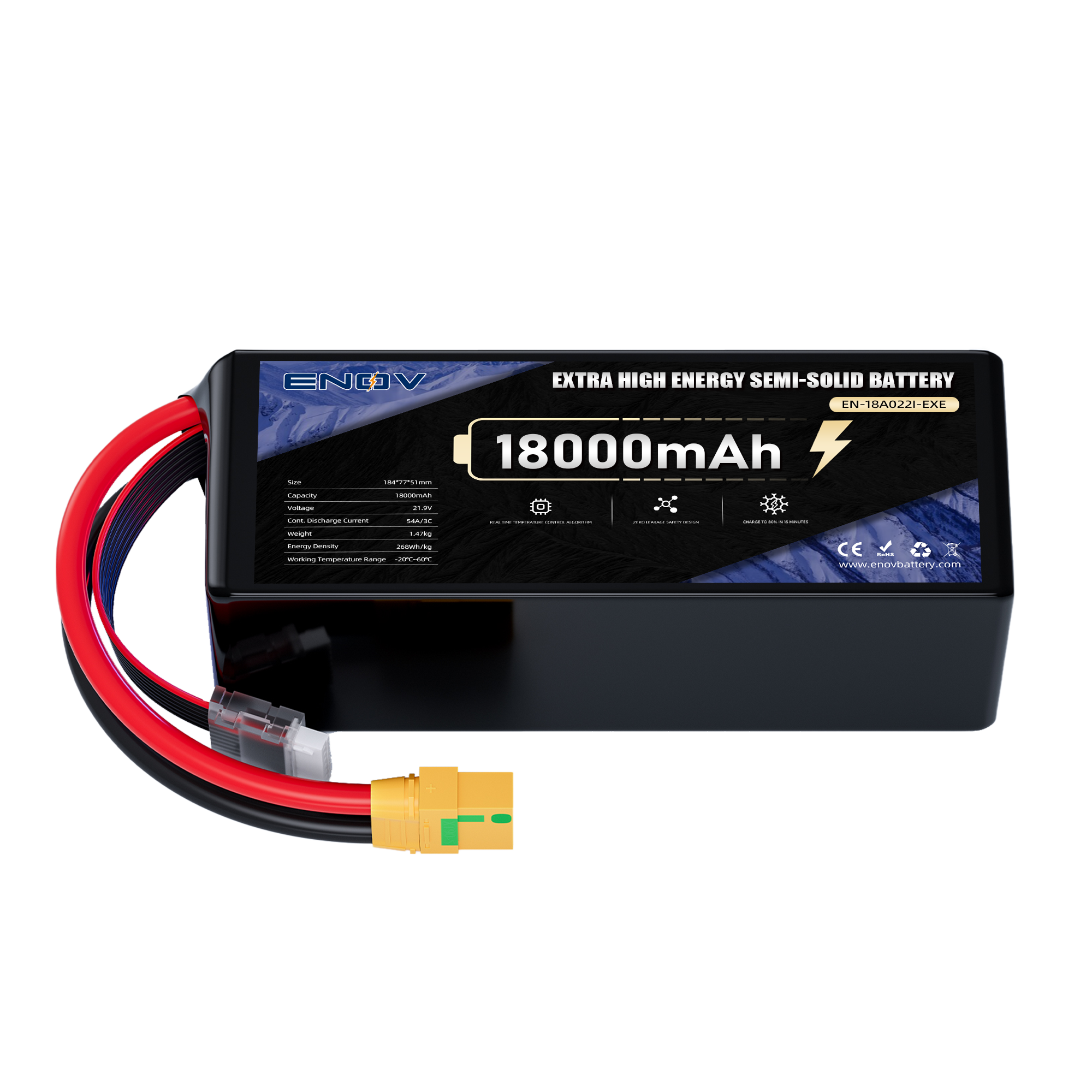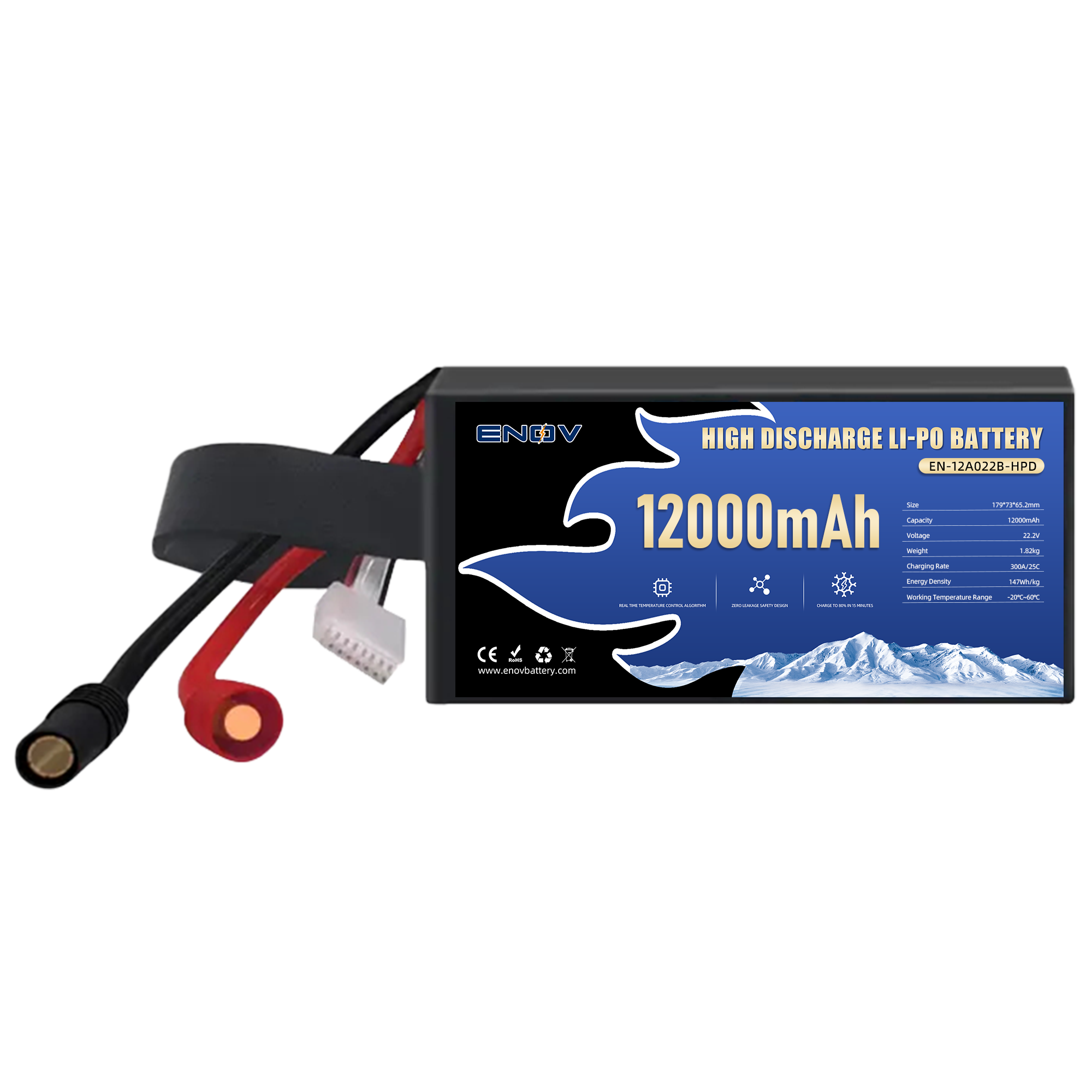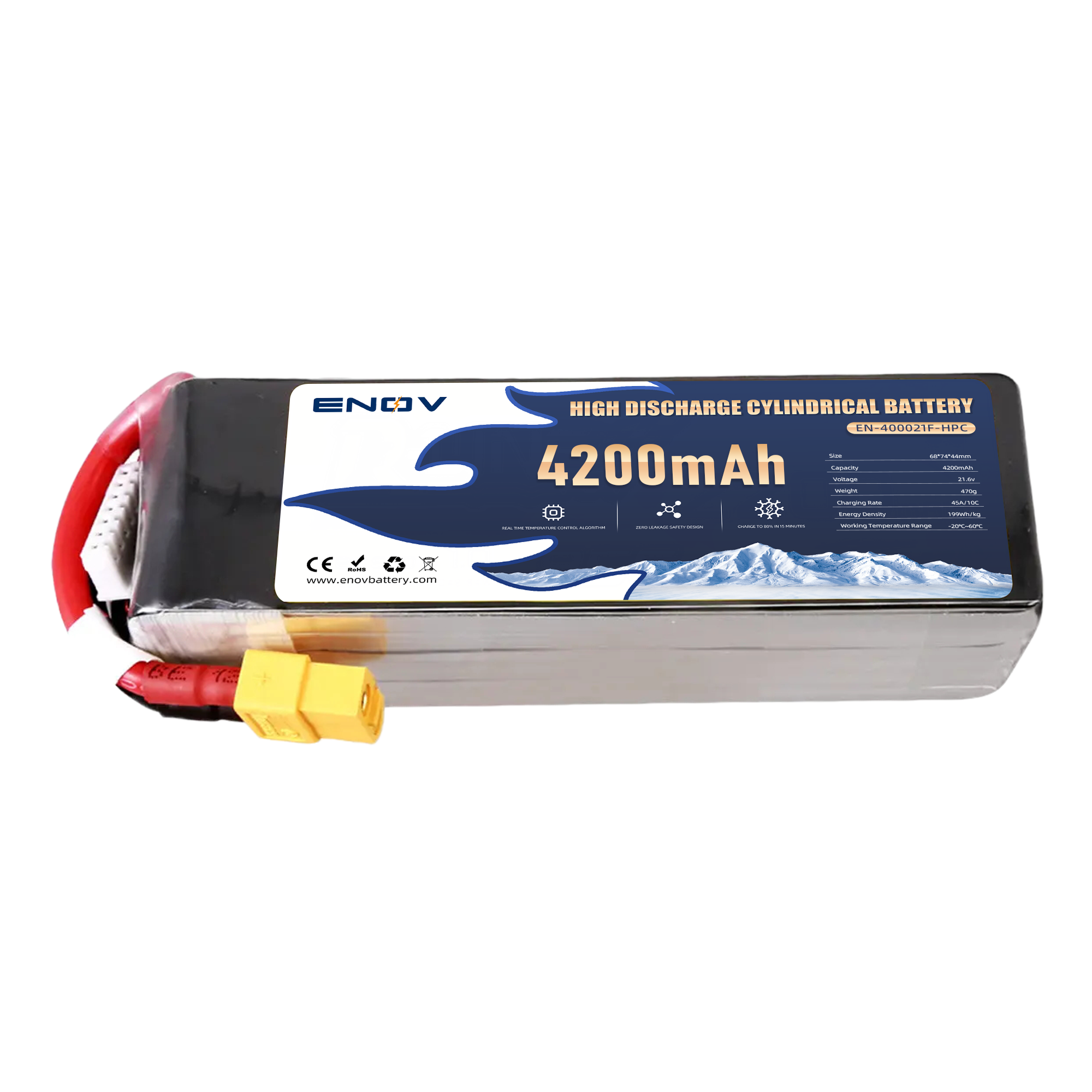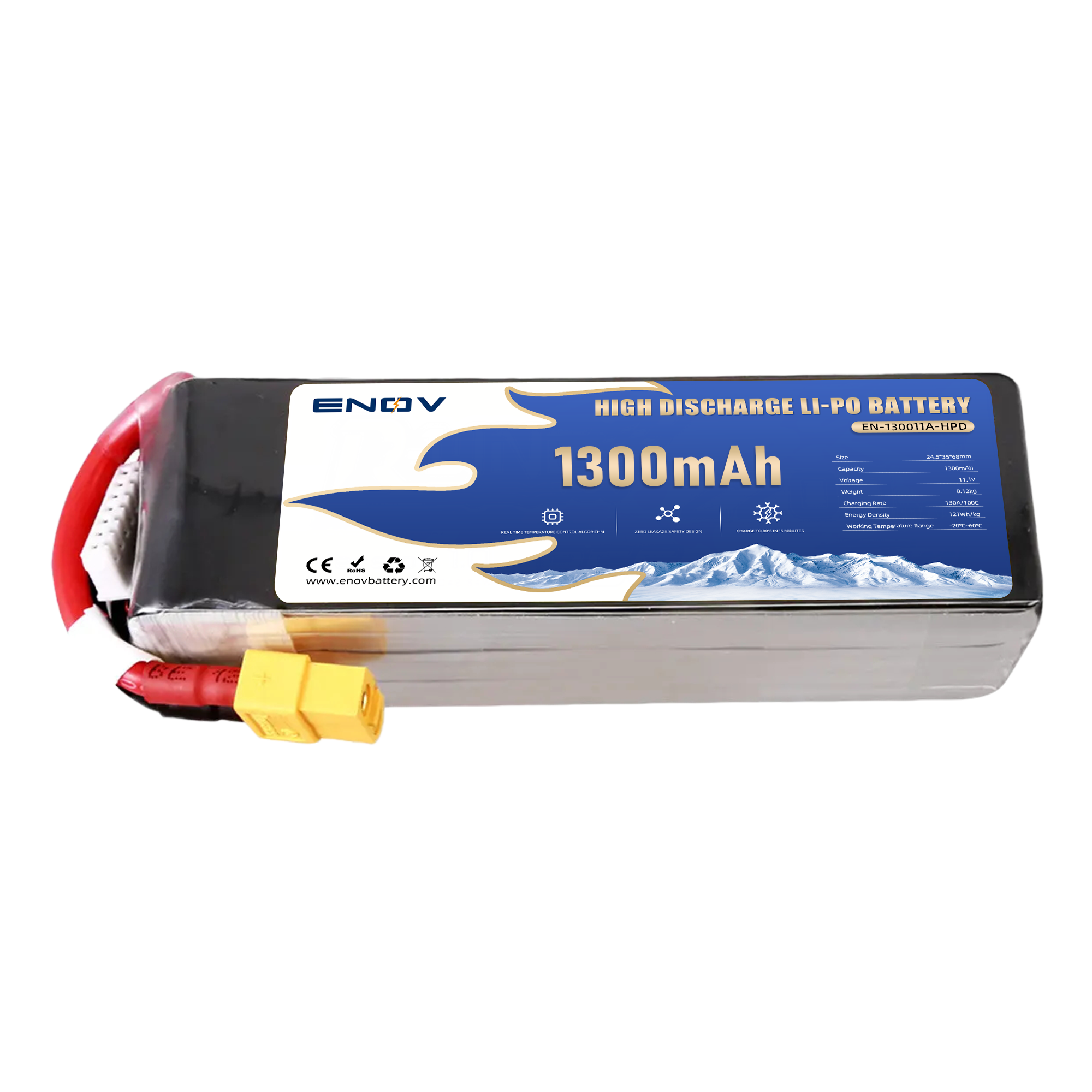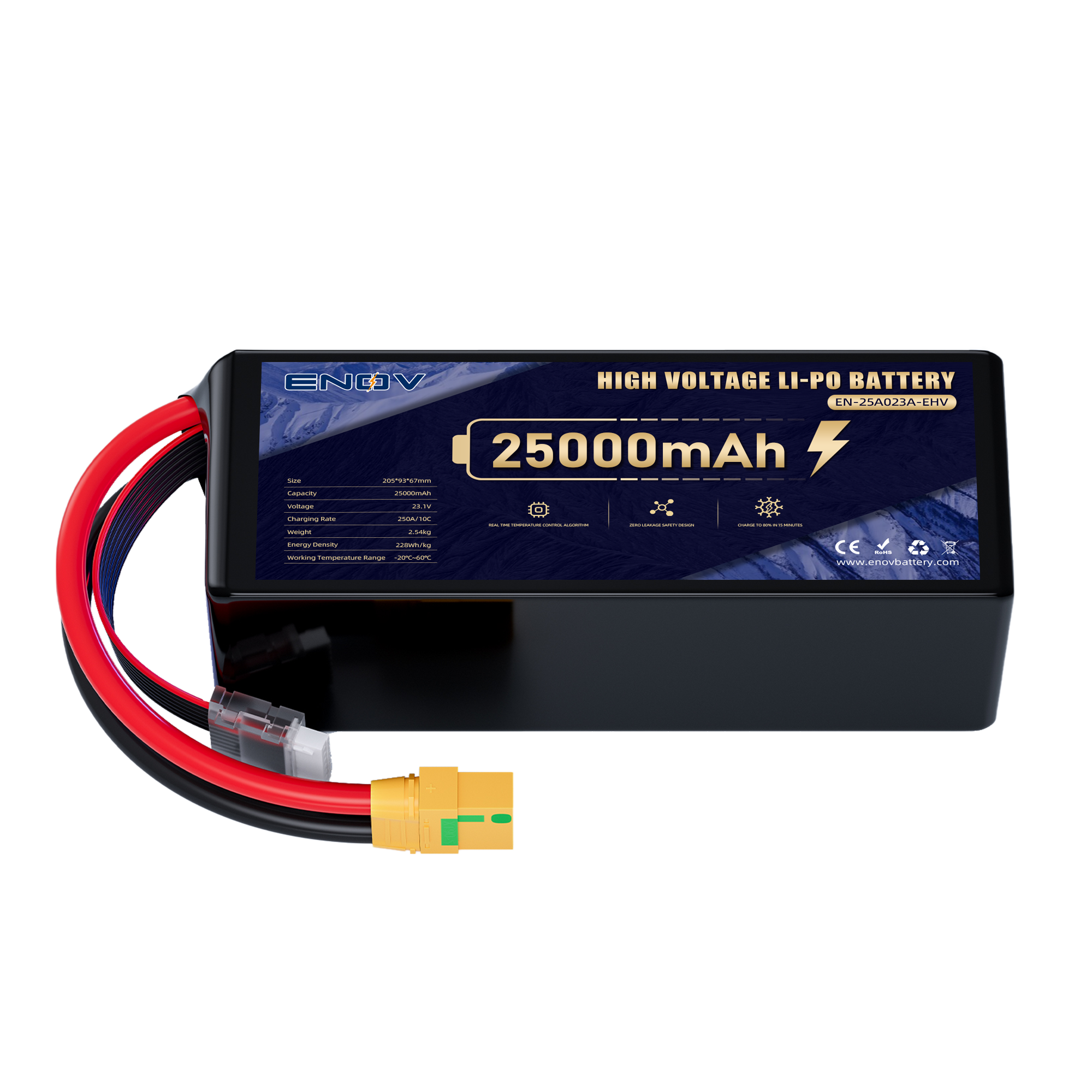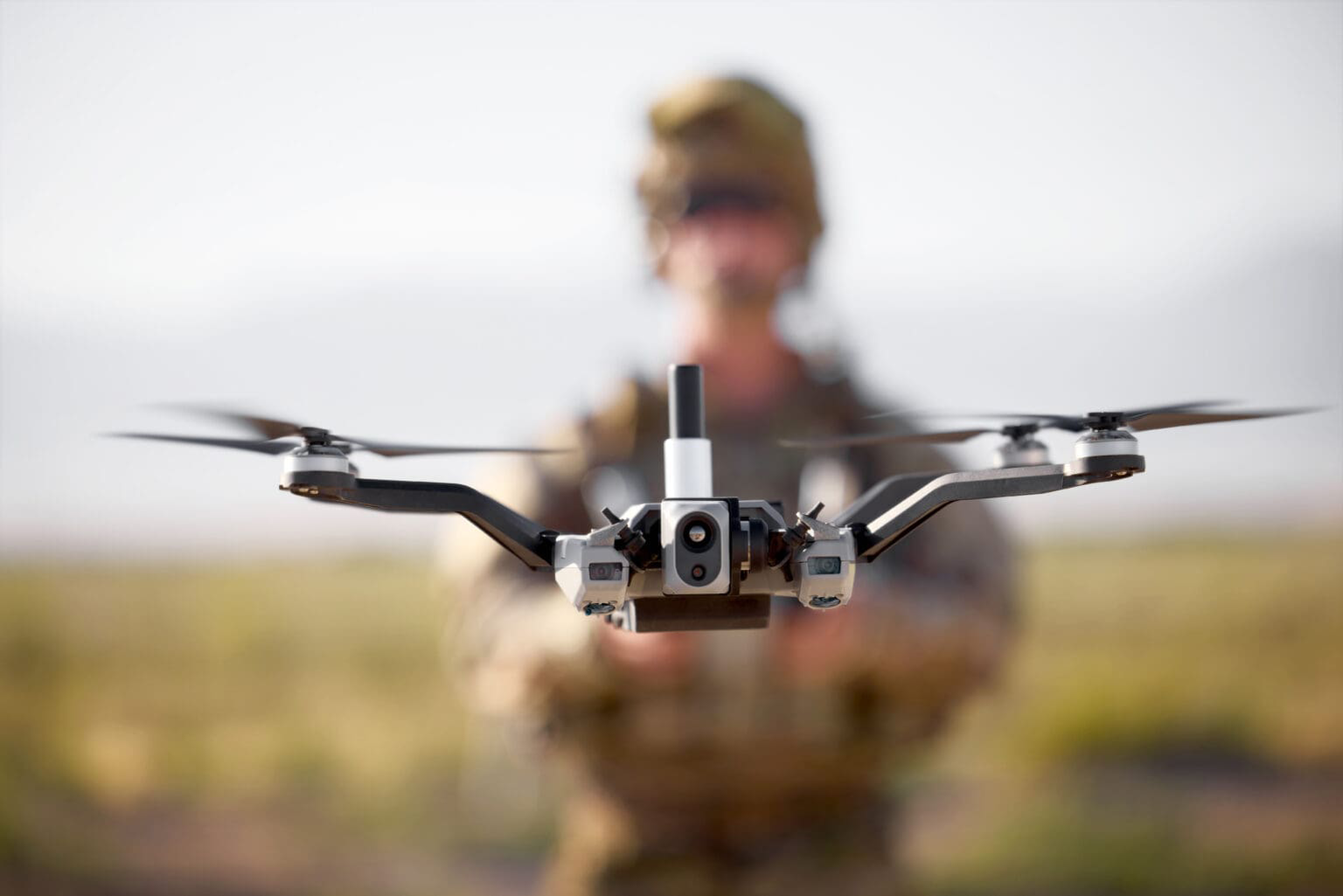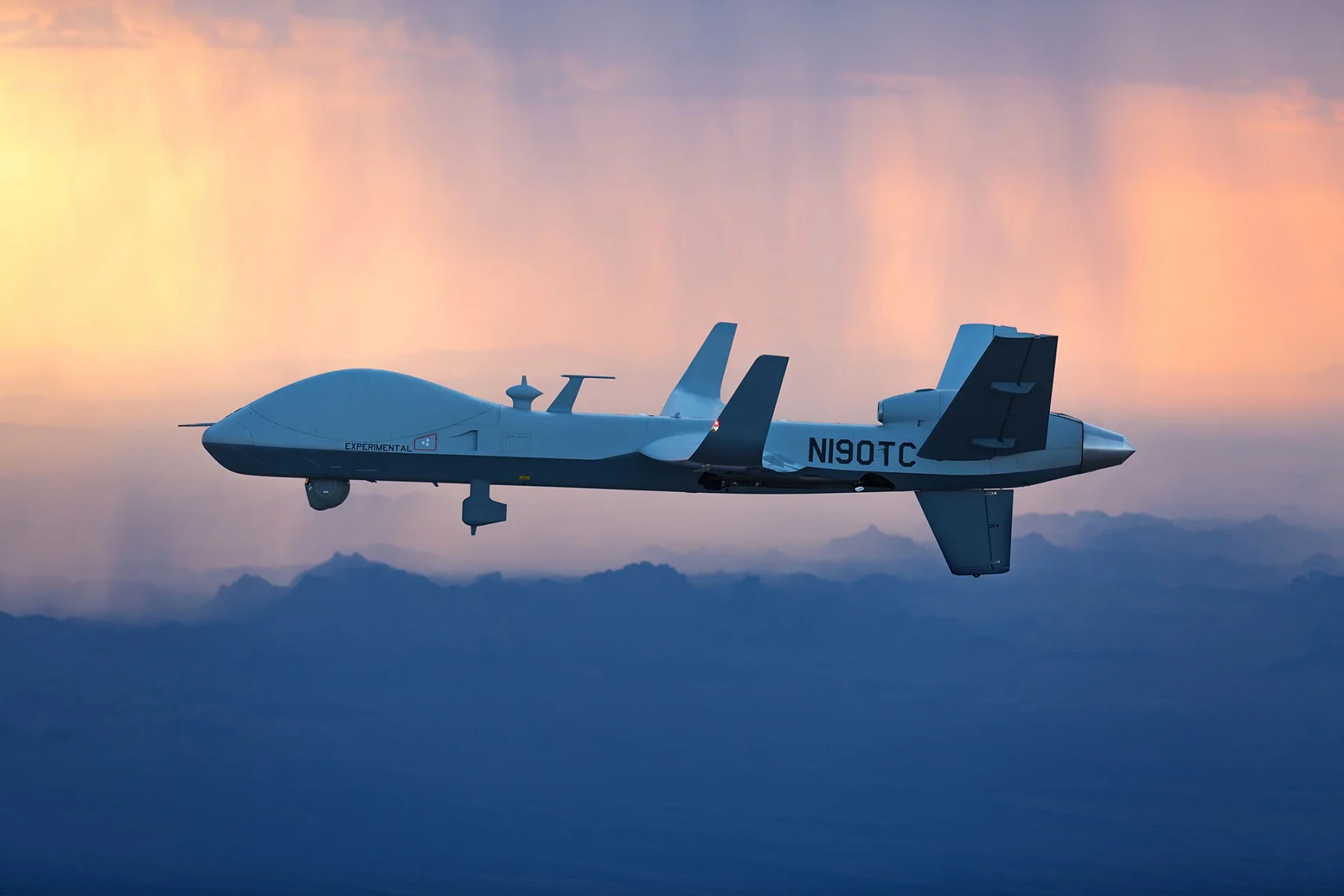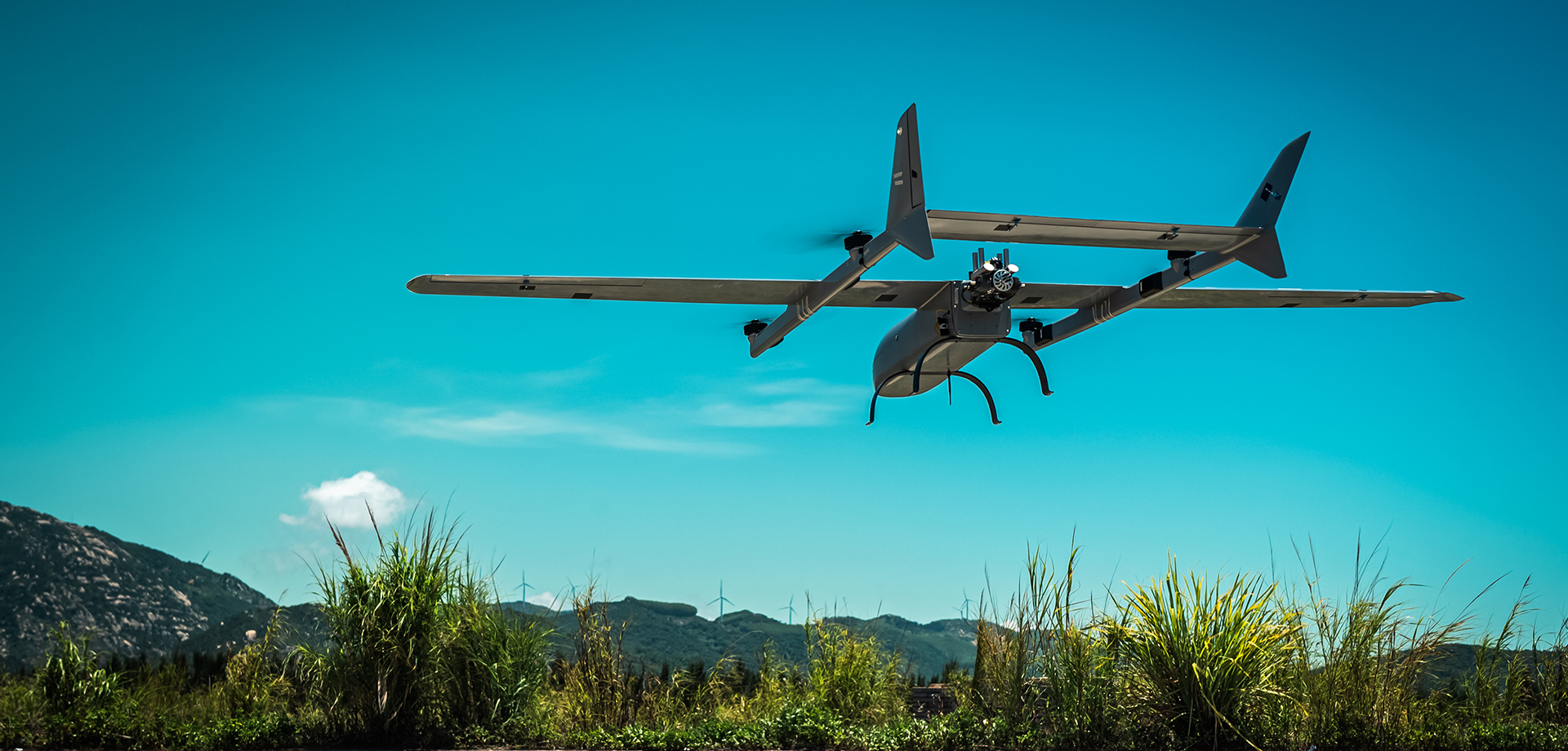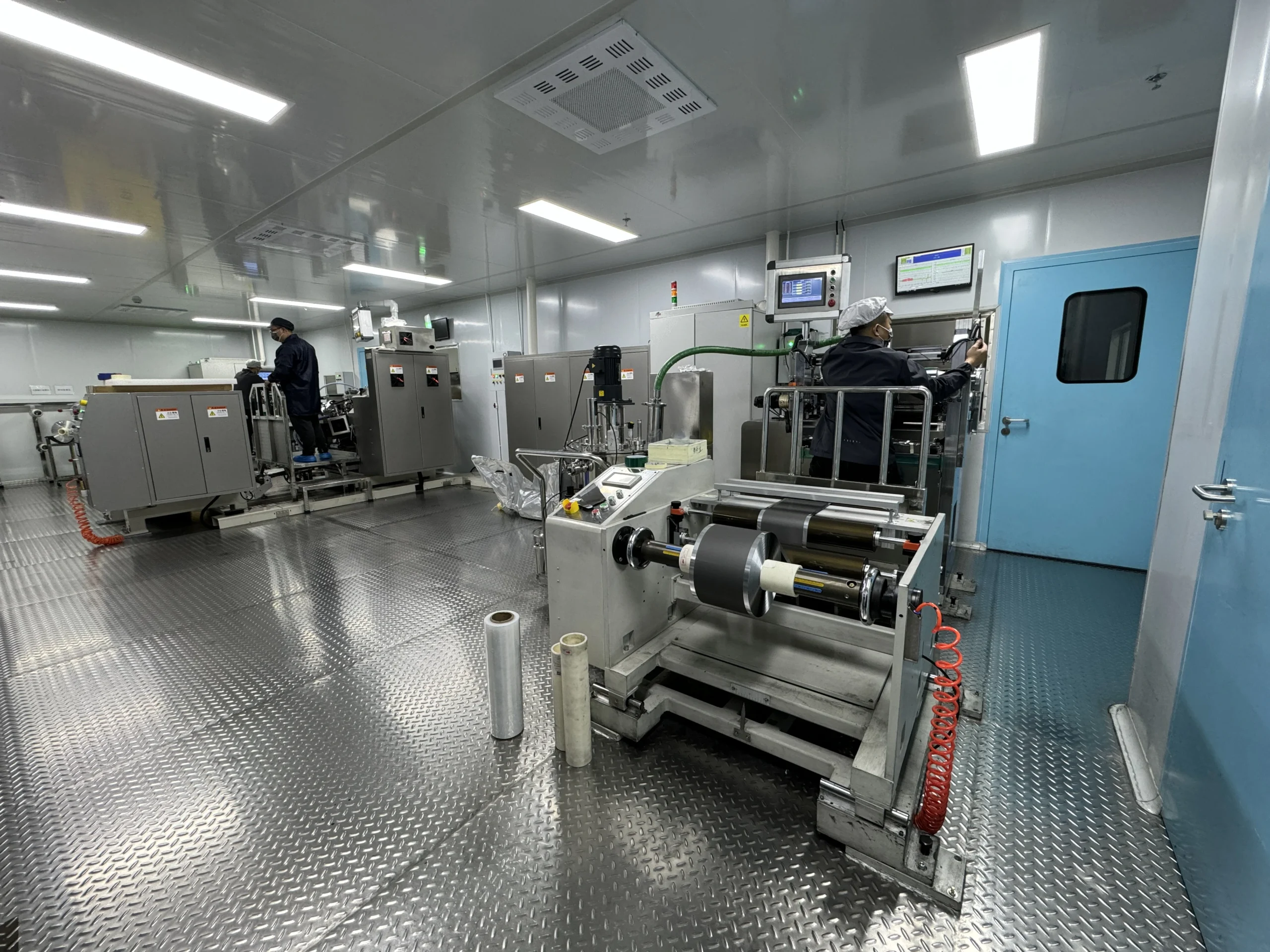Logistics Drone Fleet Management: Time-Optimized Multi-Battery Rotation Charging Strategies
Efficient battery rotation charging is critical for logistics drones to minimize downtime and meet tight delivery schedules. A well-designed multi-battery swapping model synchronizes charging cycles, flight routes, and payload demands, slashing idle time by up to 70%. This guide explores how to implement a time-efficient optimization system that balances battery health, energy costs, and operational urgency.
main content
Core Components of a Rotation Charging Model
The model hinges on three variables: charge time per battery, drone return intervals, and energy pricing fluctuations. For instance, a fleet of 10 drones delivering packages within a 20km radius requires 8 rotating batteries to maintain continuous operation. Fast-charging stations with dynamic power adjustment (e.g., 2C charging during off-peak hours) reduce costs while preventing cell degradation. Integrating AI-powered charge scheduling algorithms further prioritizes batteries based on remaining cycles and health metrics.
Time-Saving Battery Swap Protocols
Pre-position charged batteries at strategic nodes along delivery routes. Drones returning to a hub can swap batteries in under 90 seconds using automated docking systems, compared to 15-minute manual swaps. RFID-tagged batteries paired with smart chargers enable real-time inventory tracking, ensuring the nearest charged unit is always available. During peak demand, prioritize partial charging (e.g., 80% capacity) to accelerate turnaround without significantly compromising flight time.
Cost-Efficiency Through Load Balancing
A tiered battery health system assigns newer batteries to long-haul routes and older ones to short trips, maximizing resource utilization. For example, batteries with >90% health handle 50km deliveries, while those at 80% serve 10km urban routes.
Real-World Application: Medical Supply Delivery
A healthcare logistics network reduced vaccine delivery delays by 65% using this model:
6 charging stations with 20-minute fast-charge capability
GPS-triggered battery pre-warming during return flights
Priority charging for batteries assigned to time-sensitive shipments This system maintained 98% on-time delivery rates despite 150 daily flights.
Avoiding Common Optimization Pitfalls
Overloading fast-chargers beyond 2C rates accelerates capacity fade, costing $200/battery in premature replacements. Failing to account for temperature impacts (e.g., charging at 0°C requires 20% longer time) disrupts schedules. Always maintain a buffer inventory of 15-20% extra batteries to handle unexpected demand surges or failures.
Data-Driven Maintenance Integration
Correlate battery swap frequency with degradation rates using IoT sensors. Batteries swapped 8+ times daily show 40% faster capacity loss than those used 5 times. Adjust rotation schedules to limit high-use batteries to 6 swaps/day. Cloud-based dashboards like BatFlow automate this analysis, flagging units needing maintenance before failures occur.
Conclusion
A time-optimized battery rotation charging model transforms logistics drone fleets from cost centers into high-efficiency assets. By synchronizing smart charging, route planning, and health-aware prioritization, operators achieve seamless 24/7 operations. Implement these strategies—your competitors’ downtime is your opportunity to dominate the skies.
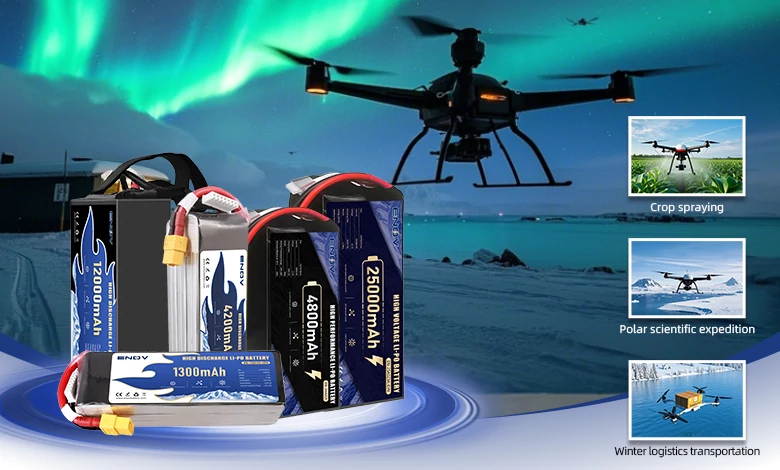
UAV DRONE battery
Enov UAV battery has the most advanced UAV battery new technology, it has a lightweight structural design, ultra-high energy density, stable continuous discharge, customized ultra-high instantaneous discharge, wide temperature working range, stable charge and discharge, battery materials can choose high nickel terpolymer positive/silicon carbon negative material system combined with semi-solid battery technology. Or choose a more mature application of more UAV lithium battery technology, available UAV battery nominal voltage 3.7V, capacity 18.0Ah ~ 30.0Ah, support 10C continuous discharge and 120C pulse discharge (3 seconds). With ultra-high energy density (220-300Wh/kg) as its core advantage, Enov UAV batteries can meet the needs of long-term endurance scenarios such as plant protection drones and transport drones, while maintaining stable emission performance in extremely low temperature environments (-40℃).
Other products
START-STOP LITHIUM BATTERY
LITHIUM ENERGY STORAGE BATTERY
QUICK INQUIRY
FAQ
Access to high frequency technical questions with one click, get accurate answers on product application, after-sales policy and customization process.
Service and Support
Get the latest product specifications, explore professional OEM/ODM customization services, click to open exclusive technical support and production solutions.
Become a Partner
We sincerely invite resources to interconnect, work together for win-win development, and immediately open a new chapter of strategic cooperation!
